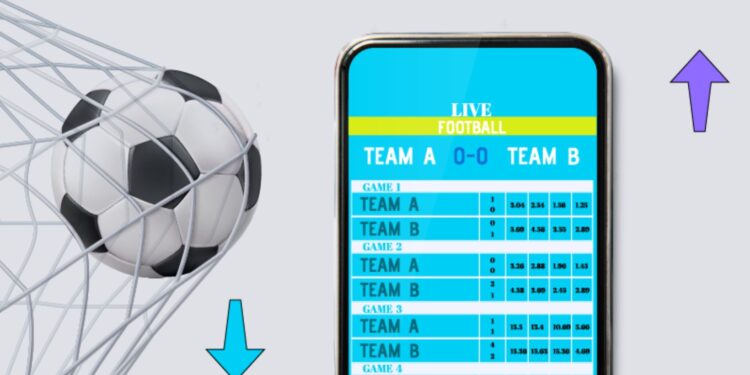You know that moment, you’re on a betting site, scrolling through matchups, and suddenly you’re hit with this mysterious row of numbers. 1.85. 3/1. 2.10. And you’re just sitting there like… “Cool. But what does that actually mean?”
The truth is, betting odds aren’t some cryptic languages reserved for math whizzes or casino veterans. They’re just little stories. Stories about risk, reward, and how likely something is to happen. And once you learn how to read them, you stop betting blind and start betting smart at TOP platforms such as bethap.com.
Let’s break it down together.
Odds Are Basically Probabilities
Every time you look at sports betting odds, you’re really just looking at someone’s opinion on how likely an outcome is, and how much you’ll get if you’re right.
Imagine your friend says, “I’ll give you $3 if you give me $1 and that underdog wins.” That’s 3/1 odds in fractional format. You risk $1, and if you’re right, you profit $3. Add back your original dollar and you walk away with $4.
If it were shown in decimal format, it’d be 4.0. That number already includes your stake, which makes it easier to work out total returns.
Most betting platforms today, including comparison sites, let you toggle between fractional and decimal odds, depending on what feels easier to read. (Hint: if you’re just starting out, decimal odds are usually simpler.)
Decimal vs. Fractional Odds
Let’s say a team has:
- Decimal odds: 1.85
- Fractional odds: 17/20
With decimal odds (1.85), if you bet $10, you’ll get $18.50 back if you win, $8.50 profit, plus your original $10.
With fractional odds (17/20), it’s basically saying: “You’ll win $17 for every $20 you stake.” Doesn’t sound as intuitive, right? That’s why a lot of new players prefer decimals, it’s clean, fast, and easy to calculate on the fly.
What About “Value Bets”?

Okay, now here’s where things get interesting.
Sometimes, a betting platform underestimates how likely something is to happen. Maybe the odds say a team has a 20% chance of winning, but you think they’ve got more like a 30% shot. If you’re right, and the odds don’t reflect the true chance, that’s what’s called a value bet.
You’re not just guessing. You’re spotting an opportunity where the risk/reward ratio is in your favor.
Tools are amazing for this. They show you how different sportsbooks are pricing the same outcome, so you can spot when one site’s odds are a bit off, sometimes in your favor.
Reading Between the Lines
Here’s the part most people overlook: odds are also shaped by people’s behavior.
If a huge number of people start betting on one team, the odds on that outcome shrink, even if the actual likelihood hasn’t changed. That’s called the market adjusting. So odds don’t always reflect truth; sometimes they reflect trends.
Knowing this helps you stay ahead of the hype and avoid jumping on overvalued bets just because everyone else is.
So… How Should You Use Odds?
Instead of seeing odds as final answers, think of them like clues. They tell you:
- How much risk you’re taking
- How much you could win
- How the betting world views the outcome
But the real insight comes when you compare those odds to your own knowledge or gut instinct.
And that’s exactly why platforms are so helpful. They don’t just list odds, they compare them across multiple bookmakers. So you get to play smarter, not harder.
Final Thoughts
Once you start understanding odds, everything changes. You stop wondering, “Am I getting ripped off?” and start seeing patterns, opportunities, and smart plays.
Because odds aren’t just numbers, they’re your roadmap to smarter bets.
And with tools by your side, you don’t need to be a statistician to get it right. You just need a minute, a bit of curiosity, and maybe, just maybe, that same gut feeling you’ve had all along.
Ready to stop guessing and start knowing? Odds are… you’ve got this.


















